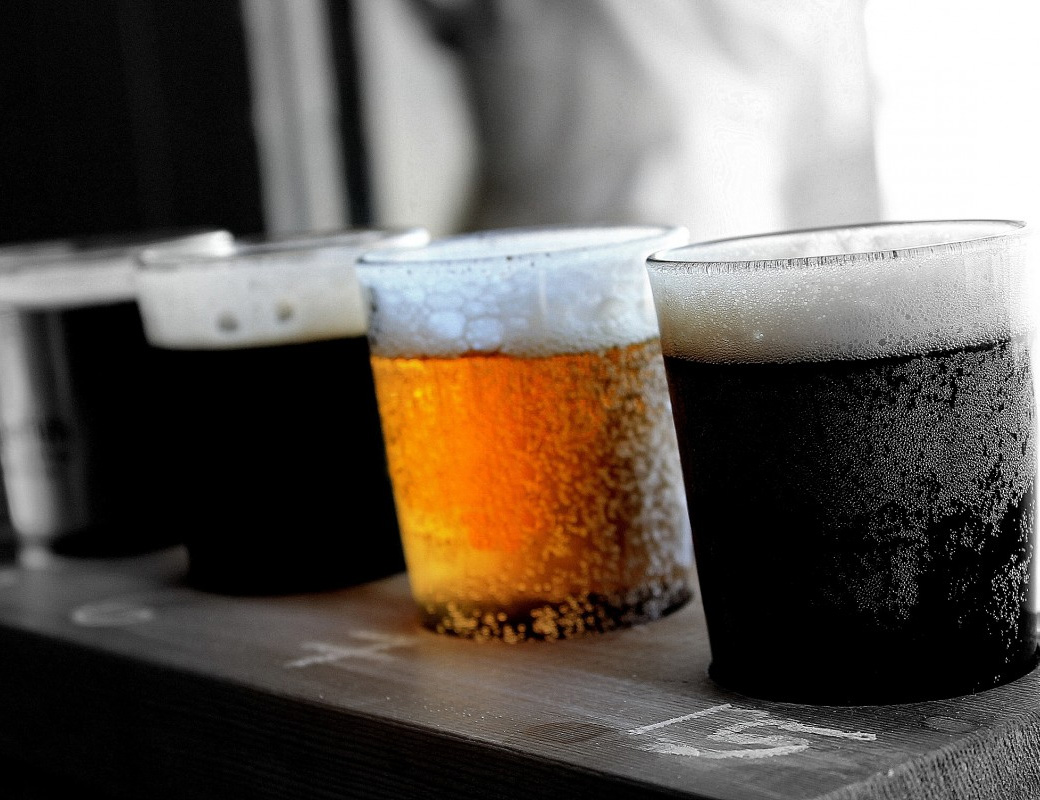The Difference Between Lager & Ale
The common thing to all alcoholic beverages is fermentation. For beer this involves the conversion of sugars contained in malted barley into ethanol (the alcohol we drink) by a yeast called Saccharomyces Cerevisiae. This plays a very important role in determining whether your beer will be an ale or a lager.
There are over 15,000 strains of this species in yeast banks around the world, many of which are for beer making (the rest are for industrial uses, winemaking, spirit production, baking, etc). It is the genetic differences between these strains that influence the flavour profile of different beer styles. So much so that in North America and Europe, home brewers can spend more time choosing the yeast variety than the can of extract!
Ales
Good ale yeast typically has an ideal fermentation temperature of 18°- 22°C. This variant of yeast is only able to ferment relatively simple sugars, leaving behind the less fermentable ones. This results in a sweeter finishing beer (which is often balanced by bitter hopping) and beers with a great deal of texture and mouth feel.
Ale yeasts are the oldest type used for beer making (used even before yeast cells were discovered!). However, even though they are so common in brewing, it is worth noting that you cannot make a lager style beer with ale yeast and in this temperature range!
Ales were usually made from darker roasted malts with full flavour and colour development and benefitted from hard water. Historically this was due to the inefficiency of the malt house and a lack of temperature control in the kiln. It was later discovered that the less the malt was roasted, the greater the amount of malt sugars could be extracted. This, when added to a smaller amount of darker malt, yields more beer per tonne of grain. This pale malt could also be used on its own or blended to produce darker ales.
Lagers
A lager yeast variant has a much lower fermentation temperature range of 6°-16°c.This yeast variety produces a generally dryer and crisper finishing beer. Modern lagers are generally light in colour, but in the past were also made from dark malts.
Lagers were first discovered by accident when cold-stored ale brews began to spontaneously ferment. An astute brewer noticed that it appeared to be “bottom fermenting” unlike an ale, yet produced a beer that wasn’t a bad drop! (Today we understand that all yeasts ferment in the body of the brew. However, we still call ale
strains top fermenters and lagers bottom fermenters due to the visual appearance of this process).
History records the first beer that we would call a lager was brewed in the town of Pilsen in what is now the Czech Republic, on 5 October 1842. The combination of a pale colour from the new light malts, Pilsen’s remarkably soft water and noble hops from nearby Saaz combined with a Bavarian-style, low temperature lagering, produced a clear and golden beer. This was regarded as a sensation.
Beer Kits Today
Makers of brew kits therefore face a major dilemma – What yeast to put under the cap? Not an easy decision, when they don’t know where in the country the can will end up, nor in what season it will be brewed. So the yeast shipped is one that will give a reasonable result over a broad range of temperatures. It is not the one that is best for the beer style in most cases.
Fortunately, much work has been done to give home brewers access to different yeast strains replacing the generic variety to achieve excellent, true to style results. These can be as good, if not better than commercial brews.
So drop in and have a chat with me about how you can take your brews to the next level.

